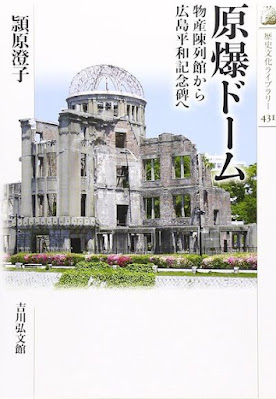While the UK has heralded the end of COVID restrictions, I struggle to remember what life was like before the pandemic in a Japan that shows little sign of re-opening and returning to "normal". Dwelling on the past is never a particularly healthy way of living; on the other hand, forgetting it entirely risks repeating the same mistakes. Today, I thought I'd take a serious turn and talk a little bit about Japan's complex relationship with history, as a country in the unique position of being both victimiser and victim in WWII.
In order not to get too abstract I'm going to introduce a local building damaged in WWII which was officially scheduled to be demolished but after a campaign by local citizens became a designated cultural property (文化財=bunkazai) in 1995, opening as a fully-fledged museum in 2021 after expensive repair work. Located in a Higashiyamato South Park, the building is officially titled the Electric Substation of the old Hitachi Aircraft Co. Ltd Tachikawa Factory (旧日立航空機株式会社立川工場変電所). Built in 1938, it transformed and supplied electricity to the nearby Hitachi aircraft plant but became a target for US air raids towards the end of the war. As the picture shows, the building is covered in bullet marks and damage caused by the shrapnel.
When I visited, I was lucky to meet Shigeya Narazaki, one of the official guides and also a certified English interpreter. He told me how he had visited the US National Archives to get copies of the some of the "damage assessment" pictures taken by the US Military (apparently such information is generally not publicly available in Japan). He described the three separate days of attacks: bombing and strafing by over 50 Navy Grumman F6F Hellcats, Curtiss SB2C Helldivers, and GM TBM Avengers on February 17; strafing by P51 Mustangs on April 19th; and bombing by B29 bombers on April 24th (one of the 500 pound bombs is pictured above). Among the 111 casualties were mobilised student workers (学徒勤労動員=gakuto kinrōdōin), including girls from the university I currently work at.
 |


